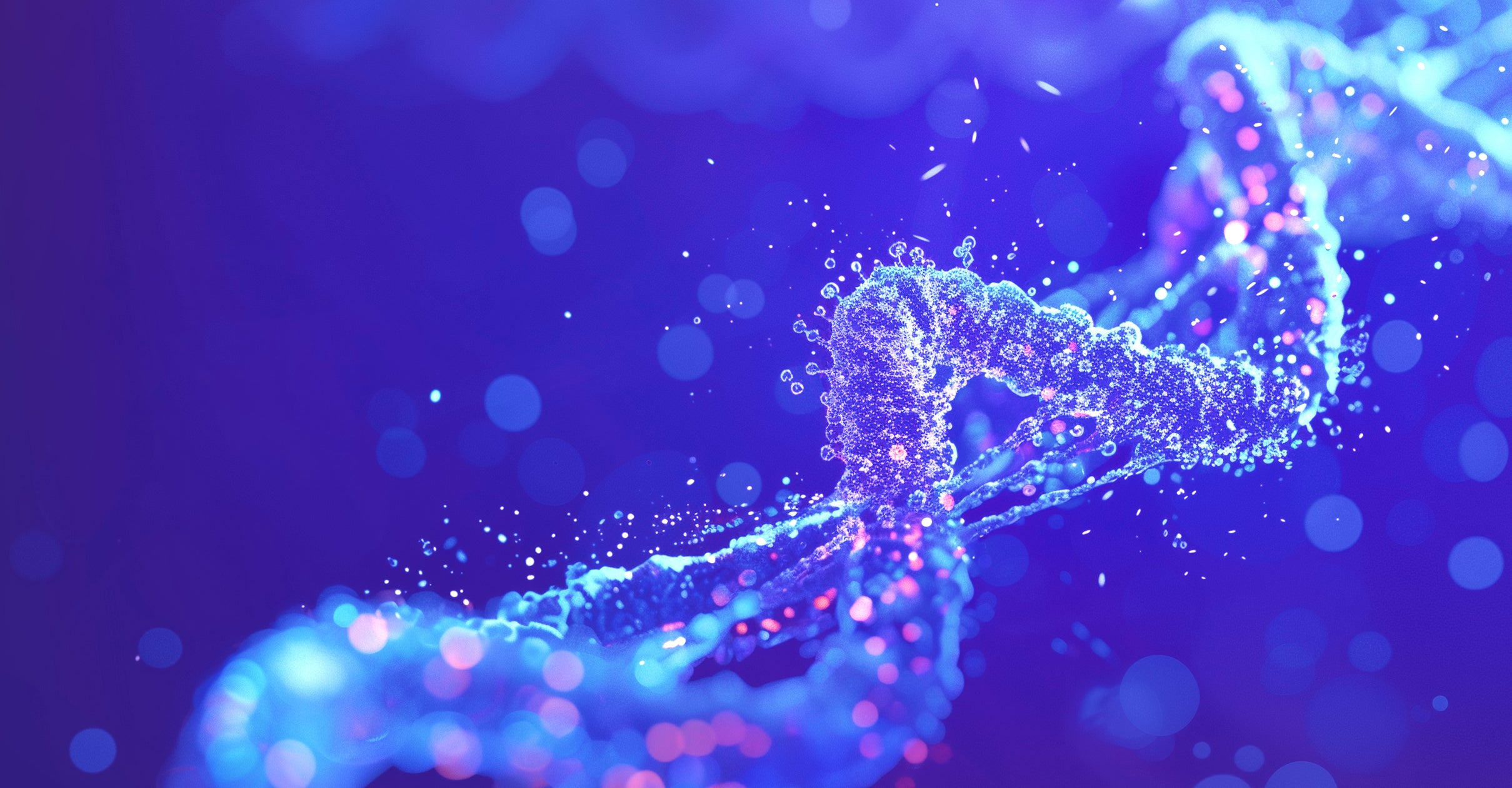Zellkultur, 3D-Tissue Engineering und Regenerative Medizin
Exploring the Foundations of Life
Diese Kategorie umfasst traditionelle 2D-Zellkulturen und fortgeschrittene 3D-Kulturtechniken. Flaschen, Schalen, Platten, Bioreaktoren und Rollflaschen unterstützen die routinemäßige Zellkultur. 3D-Zellkulturgerüste und Hydrogele ermöglichen es Forschern, komplexe, in vivo-ähnliche Gewebemodelle zu erstellen. Diese Produkte sind für Anwendungen in der regenerativen Medizin, im Tissue Engineering und in der Organoidentwicklung unverzichtbar. Zelltrennung, Kryokonservierungslösungen und spezielle Verbrauchsmaterialien für die Oberflächenbehandlung stellen sicher, dass Zellen ordnungsgemäß gehandhabt und gelagert werden, und unterstützen so die Stammzellenforschung und die therapeutische Entwicklung.







